Choosing the right oil to use in your car will keep your engine running smoothly and increase its lifespan.
Here we will discuss the types of oil and the best additives for your car to keep it running smoothly.
Types of Motor Oil
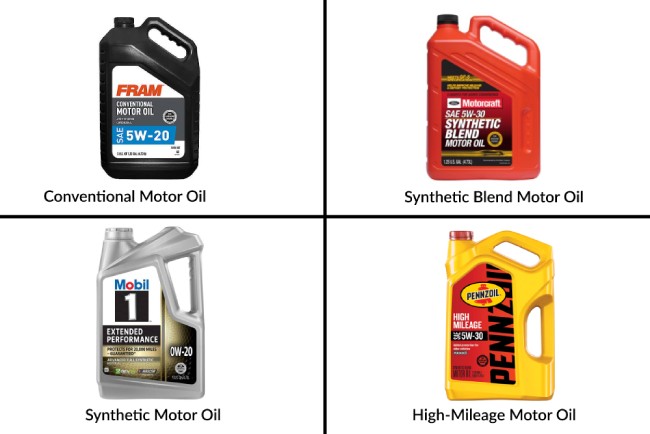
Motor oil falls into four categories:
1. Conventional
Conventional motor oil is created for cars with simple-designed engines and everyday drivers. It offers a wide range of varieties and viscosity levels.
2. Synthetic blend
Combining conventional base oils and synthetic-based oils creates a synthetic blend oil. This formula creates added resistance to oxidation and low-temperature properties
3. Synthetic
Synthetic motor oil molecules have the same shape, fewer impurities, and improved properties because the process is chemically engineered. It performs better than conventional oil in high and low-temperature extremes. Their formula includes high-performing additives.
4. High-Mileage
The formula and additives in high-mileage motor oil eliminates oil leaks in older cars and reduce oil burn off. High-mileage oil is made special for newer and late model cars whose mileage is 75,000 miles or more.
Defining Monograde Oil
Monograde oil is used at one temperature, either cold or hot (vs. multigrade oil, which is used in hot and cold temperatures.)
Their viscosity codes them in cold temperatures like a VICAM SPECIAL SAE 10W.
Defining Multigrade Oil
Multigrade oil was developed for different engine operating conditions and temperature changes in the 1950’s. Before this, it only sold in one variety (SAE-X).
The first number (5 W) is how the oil is pumped and flows in winter temperatures; the W means winter. Zero is the lowest, and 10 is the highest; if you want your oil to flow quicker and reach critical engine parts, you must choose an 0W.
Adding the 20 behind the 0W (0W-20) tells you how thick the oil will be when the engine performs at its peak. So, you must use the proper viscosity of oil in the winter so your engine is protected and adequately lubricated.
Using the winter (low) weight oil will ensure better fuel economy, the engine will warm up faster, and the oil will lubricate the engine quicker. For example, if the manufacturer recommends an SAE 5W-20, use a multigrade SAE 0W-20.
Differences in Monograde vs Multigrade Oils
| Type | Application | Advantage | Disadvantage |
| Monograde Oil | Constant temperatures all year round in all motor vehicles
Classic and race cars seasonal only |
Oil ages slowly
Long time stability of oil viscosity |
Poor lubrication in wide temperature ranges
Strong dependence on temperature for viscosity Can only lubricate at one temperature, cold or hot |
| Multi-grade Oil | Fluctuating high temperatures for motor vehicles | Good lubrication in any temperature range
Works on both hot and cold temperatures Viscosity depends on low temperature |
Original viscosity is lost faster
Oil ages faster |
Motor oil grades
- 10W-40 offers the best viscosity and gas efficiency between -25 and 40 degrees
- 5W-40 offers the best viscosity and gas efficiency between -30 and 40 degrees
- 5W-30 offers the best viscosity and gas efficiency between -30 and 35 degrees
- 0W-40 offers the best viscosity and gas efficiency between -35 and 40 degrees
- 0W-30 offers the best viscosity and gas efficiency between -35 and 35 degrees
- 0W-20 offers the best viscosity and gas efficiency between -35 and 30 degrees
The API/ILSAC “Starburst”
API/ILSAC is the American Petroleum Institute/International Lubricant Standardization and Approval Committee.
It is found on the front of all qualified motor oil bottles and signifies that it meets the ILSAC requirements to use in a specific way, such as in a gasoline engine. The oil must meet the requirements of both industries to receive the starburst.
Individual oil grades by manufacturers
Individual manufacturers may have their oil grades specific to their make of car. This is true for Porsche, Volkswagon, BMW, Renault, Citreon, Mercedes Benz, and Peugeot.
You can find an equivalent oil in an SAE grade of oil. Your owner’s manual is an excellent place to look for this. In addition, most automotive stores have a chart to cross-reference your car.
Low SAPS
Low SAPS or low Sulfated Ash Phosphorous and Sulpher oils have less Sulfated Ash Phosphorous and Sulpher oils than the standard engine oil. Depending on the type of oil, the amounts will vary.
Usually, this is used with a Diesel Particulate Filter (DPF) on a modern turbo-diesel engine or a modern gas engine.
Oil additives by types
Additives increase the oil’s performance, making up 5 – 30% of the oil. The following are the most common:
- Viscosity-index improvers during temperature fluctuations; help the performance of the engine oil.
- Pour-point depressants keep the engine from pumping harder in low and cold temperatures by keeping wax particles in the oil from hardening in freezing temperatures.
- Antioxidants keep the engine clean and extend the longevity of your oil while slowing oxidation and deposit formation in the oil.
- Detergents keep the piston under the crown, the piston ring area, and other surfaces that can get hot from deposits of rust and corrosion free of these.
- Friction modifiers ensure maximum fuel efficiency created by the friction of heavy loads and higher temperatures.
- Anti-wear agents act as the protective layer from high temperatures for cams, cylinder walls, lifters, and piston rings by limiting the friction of these metal-on-metal components.
- Rust and corrosion inhibitors prevent rust and corrosion from acid and moisture on the internal engine parts by creating a protective film on them.
- Dispersants fight against engine damage by absorbing and holding solid engine contaminants.
- Foam inhibitors ensure the coating of essential engine parts by stopping the formation of bubbles and foam in the motor oil. Without these, the engine would heat up.
More is not better when using an additive
When you purchase the oil with additives, the additives dissipate as the oil gets older.
Once the additives are lost, your car is at risk for engine wear, causing decreased fuel efficiency, rust, corrosion, oil sludge, overheating, and possibly breakdowns.
To protect your engine and increase your car’s performance, adding after-market additives to oil can improve the engine performance between oil changes.
Oil longevity
Under normal circumstances, you should change your oil every 4 to 6 months or 5,000 to 7,500 miles for everyday driving.
If you drive in severe driving conditions, it should be checked every 3 to 4 months or 3,500 to 5,000 miles.
You should routinely check your oil in between oil changes and consult your owner’s manual for recommended oil change intervals.
What oil to use in your car?
Your owner’s manual will tell you what oil you should be using in your car based on the viscosity needed for your engine, the climate you are driving in, and the weather conditions.
Motor Oil Tips
- Check the oil weekly in an older car or with excess mileage, monthly for a newer car.
- Stick to the manufacturer’s recommended oil change schedule no matter what type of oil you use in the car.
- Use the grade and type of oil the manufacturer recommends; expensive oil may not be the best thing for your engine.
- If the oil light/gauge comes on, get this looked at immediately. Running your car with a poor or little oil will destroy the engine!
- Oil filters catch dirt from the engine oil; always change the oil filter when you change the oil.
- To better use of the oils range, choose one with a smaller capacity for the temperatures where you live.
- To ensure that carbon deposits and detritus are cleaned out of your engine after swithching from a poor quality oil to synthetic oil, be sure to change the oil and filter soon afterward.
When does it make sense to use (5W-30) vs. SAE30?
Never! Straight-weight oils (SAE30) are recommended in older and smaller cars manufactured before multi-viscosity oils were produced. Never use straight-weight oil in a multi-viscosity engine!
Can You mix Multigrade and Monograde oils?
You can mix monograde and multigrade oils without hurting the engine; but you may compromise your engine efficiency and gas mileage in the process.


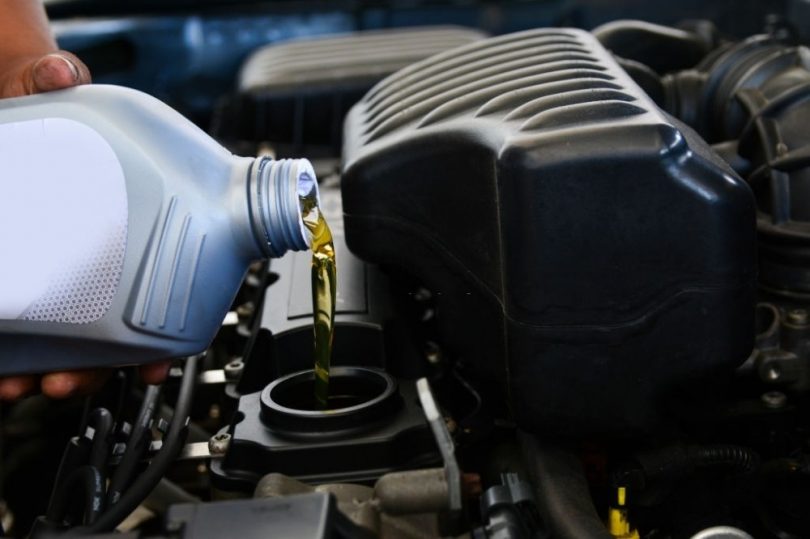
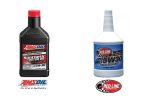
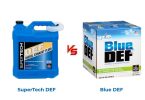


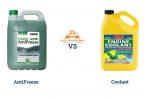


Leave a Comment